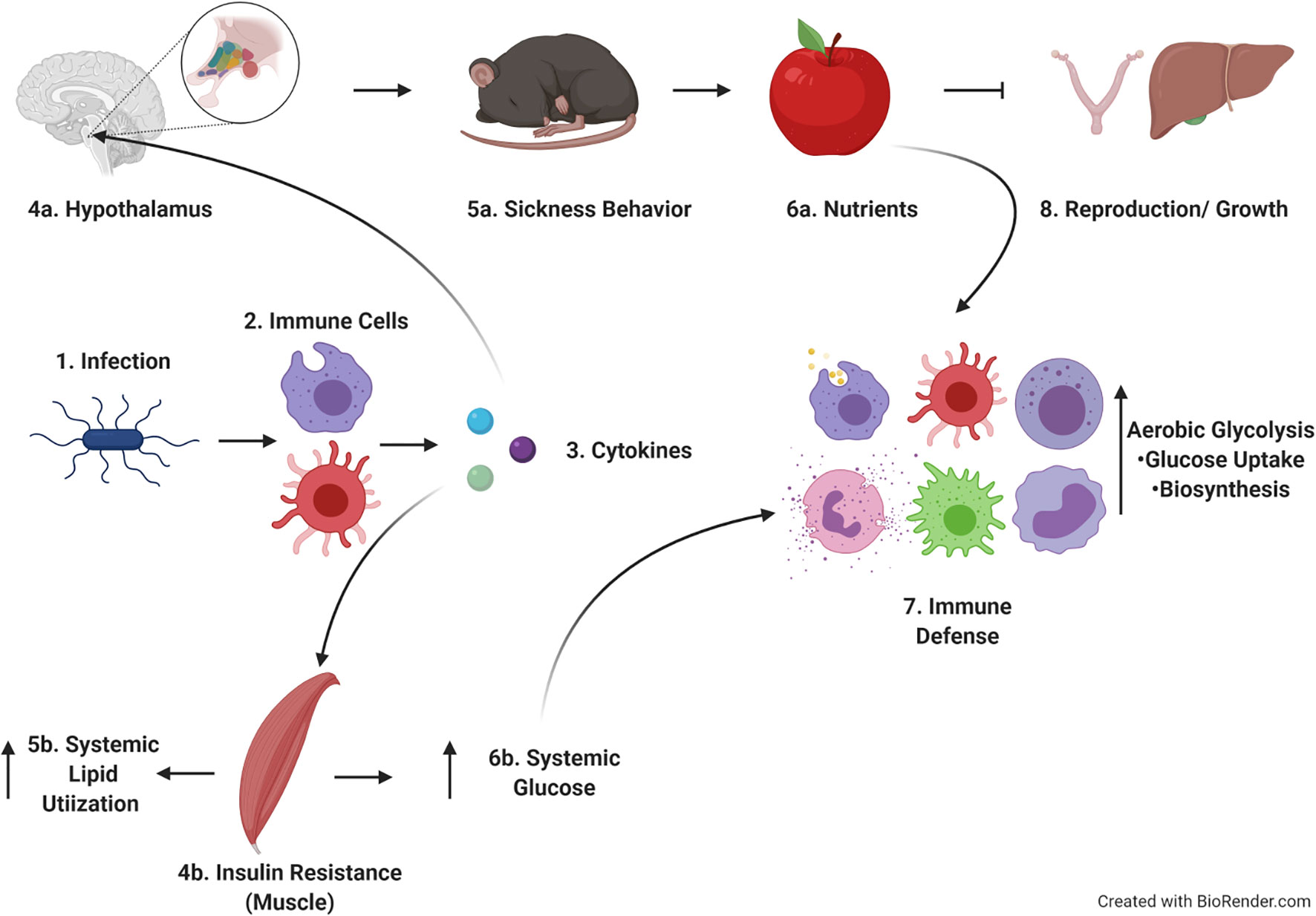Listeria monocytogenes, commonly referred to as Listeria, is a type of bacteria that can cause a serious infection known as listeriosis. This illness poses a significant health risk, particularly for individuals with weakened immune systems, pregnant women, newborns, and the elderly. Understanding the causes, recognizing the symptoms, and adopting preventive measures are essential steps in minimizing the impact of this potentially life-threatening condition.

What is Listeria?
Listeria is a genus of bacteria that includes several species, but the one most commonly associated with human illness is Listeria monocytogenes. This bacterium is widespread in the environment and can be found in soil, water, and decaying vegetation. It has the unique ability to survive and thrive in cold temperatures, making it a concern in refrigerated foods. Unlike many other bacteria, Listeria can continue to grow at low temperatures, which increases the likelihood of contamination in stored food products.
How Does Listeria Spread?
The primary mode of transmission for Listeria is through contaminated food. The bacteria can enter the food supply chain at various stages, including during production, processing, and packaging. Foods that are commonly associated with Listeria outbreaks include raw or undercooked meats, unpasteurized dairy products, soft cheeses, smoked seafood, and prepackaged salads. Cross-contamination in the kitchen, such as using the same cutting board for raw meat and vegetables without proper cleaning, can also contribute to the spread of the bacteria.
Symptoms of Listeria Infection
The symptoms of Listeria infection can vary depending on the individual’s health status and immune system. In healthy adults, the infection may cause mild flu-like symptoms or go unnoticed altogether. However, for high-risk groups, the consequences can be severe and even fatal.
Common Symptoms
- Fever
- Muscle aches
- Nausea
- Diarrhea
- Fatigue
These symptoms typically appear within a few days to several weeks after consuming contaminated food. In some cases, the incubation period can extend up to two months, making it challenging to trace the source of infection.
Symptoms in High-Risk Individuals
Pregnant women, newborns, the elderly, and those with compromised immune systems are at a higher risk of developing severe complications from Listeria. Pregnant women may experience only mild symptoms, but the infection can lead to miscarriage, stillbirth, or premature delivery. Newborns infected with Listeria may suffer from serious conditions such as meningitis or sepsis. Elderly individuals and those with weakened immune systems may develop invasive listeriosis, which can affect the central nervous system and result in meningitis or encephalitis.
Causes of Listeria Contamination
Understanding how Listeria contaminates food is crucial for preventing its spread. Several factors contribute to the presence of this bacterium in food products.
Environmental Presence
Listeria is naturally present in the environment, including soil, water, and animal feces. This makes it challenging to eliminate entirely from the food supply chain. Animals carrying the bacteria can contaminate raw meat and dairy products during slaughter or milking. Vegetables and fruits can also become contaminated if they come into contact with contaminated soil or water.
Food Processing Challenges
Food processing facilities can inadvertently harbor Listeria due to its resilience in cold environments. Poor sanitation practices, inadequate cleaning of equipment, and improper storage conditions can all contribute to the proliferation of the bacteria. Ready-to-eat foods, such as deli meats and soft cheeses, are particularly vulnerable because they are not cooked before consumption, leaving any existing bacteria intact.
Prevention of Listeria Infection
Preventing Listeria infection requires a combination of safe food handling practices, proper storage, and awareness of high-risk foods. By adopting these measures, individuals can significantly reduce their risk of exposure to this harmful bacterium.
Safe Food Handling Practices
Proper food handling is one of the most effective ways to prevent Listeria contamination. Here are some key practices to follow:
- Wash hands thoroughly with soap and water before and after handling food.
- Clean kitchen surfaces, utensils, and cutting boards regularly, especially after preparing raw meat, poultry, or seafood.
- Use separate cutting boards for raw meat and ready-to-eat foods to avoid cross-contamination.
- Cook meat, poultry, and seafood to their recommended internal temperatures to kill any bacteria.
Proper Storage Techniques
Since Listeria thrives in cold environments, proper food storage is critical. Follow these guidelines to minimize the risk of contamination:
- Refrigerate perishable foods promptly and ensure your refrigerator is set to a temperature of 40 degrees Fahrenheit or lower.
- Avoid storing opened packages of perishable foods for extended periods.
- Consume leftovers within three to four days and reheat them to an internal temperature of 165 degrees Fahrenheit.
Avoiding High-Risk Foods
For individuals at higher risk of Listeria infection, avoiding certain foods can be an effective preventive measure. These include:
- Unpasteurized milk and dairy products
- Soft cheeses made from unpasteurized milk, such as feta, brie, and camembert
- Raw or undercooked meats and seafood
- Smoked seafood stored at room temperature
- Prepackaged salads and deli meats unless reheated to steaming hot
Public Health Measures to Combat Listeria
Governments and public health organizations play a vital role in reducing the incidence of Listeria infections. Regulatory agencies monitor food production facilities, enforce safety standards, and conduct regular inspections to ensure compliance. Public awareness campaigns educate consumers about the risks associated with Listeria and provide guidance on safe food handling practices.
Role of Food Producers
Food producers have a responsibility to implement rigorous safety protocols to prevent Listeria contamination. This includes maintaining clean facilities, conducting regular testing for the presence of bacteria, and adhering to strict hygiene practices. Advances in food technology, such as pasteurization and irradiation, have also contributed to reducing the risk of Listeria in processed foods.
Importance of Consumer Vigilance
While regulatory measures and industry practices are essential, consumers must remain vigilant in their efforts to prevent Listeria infections. Staying informed about food recalls, reading labels carefully, and practicing safe food handling at home are all critical steps in protecting oneself and one’s family from this dangerous pathogen.





